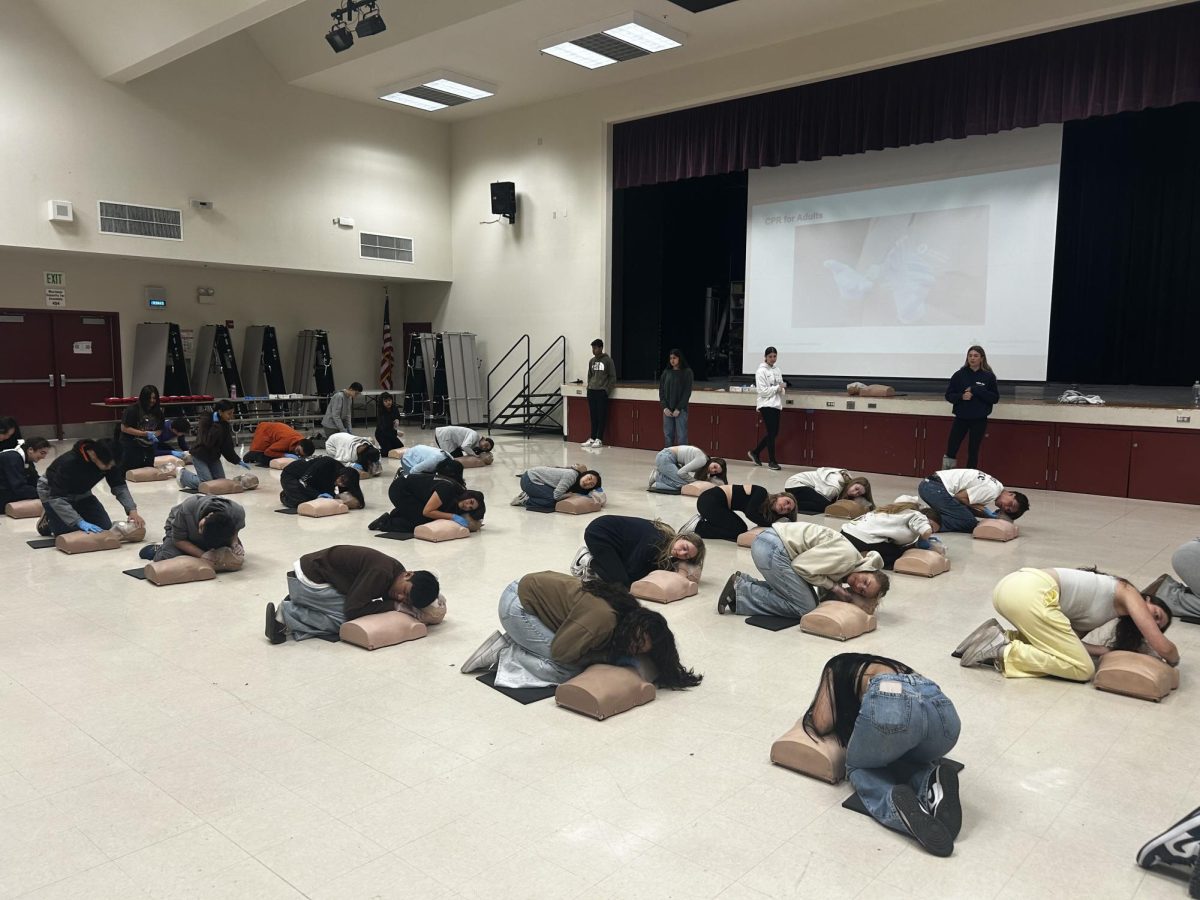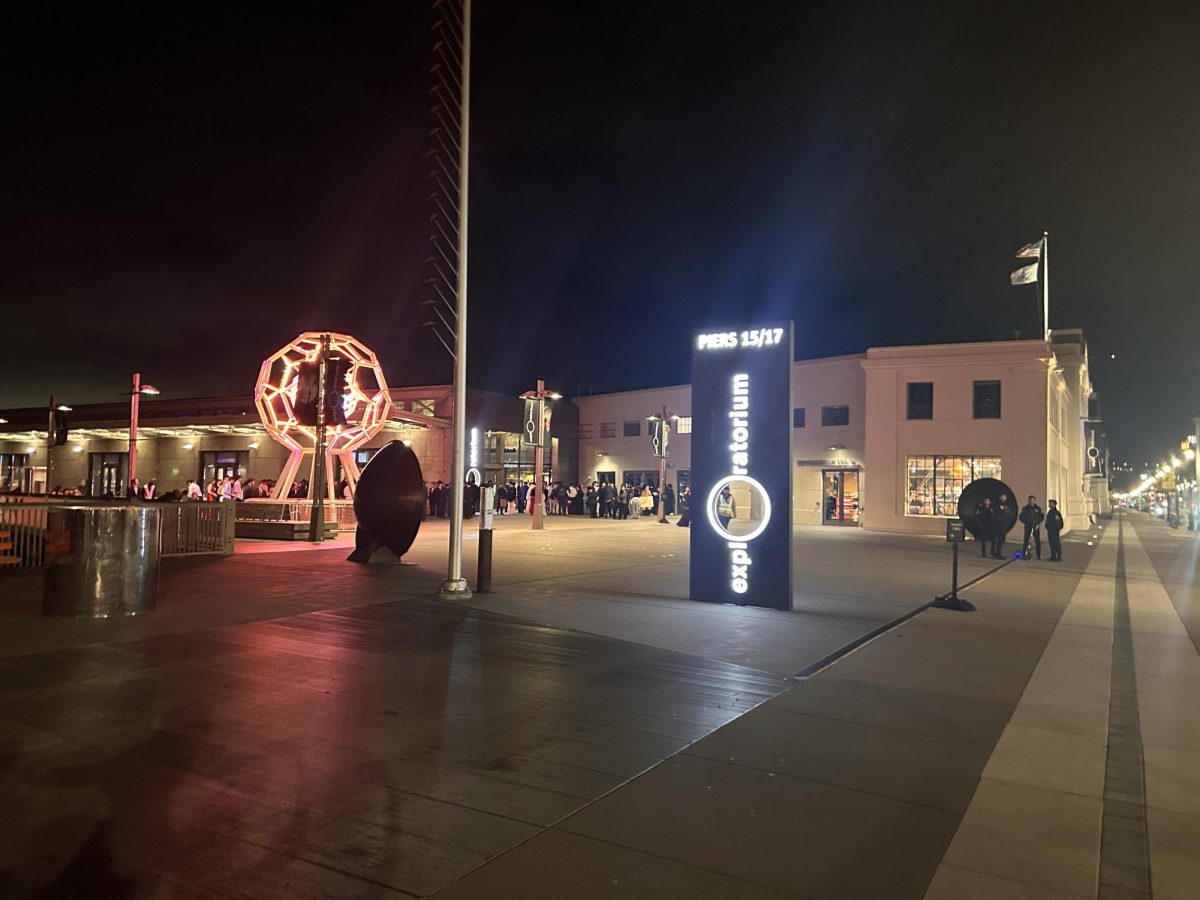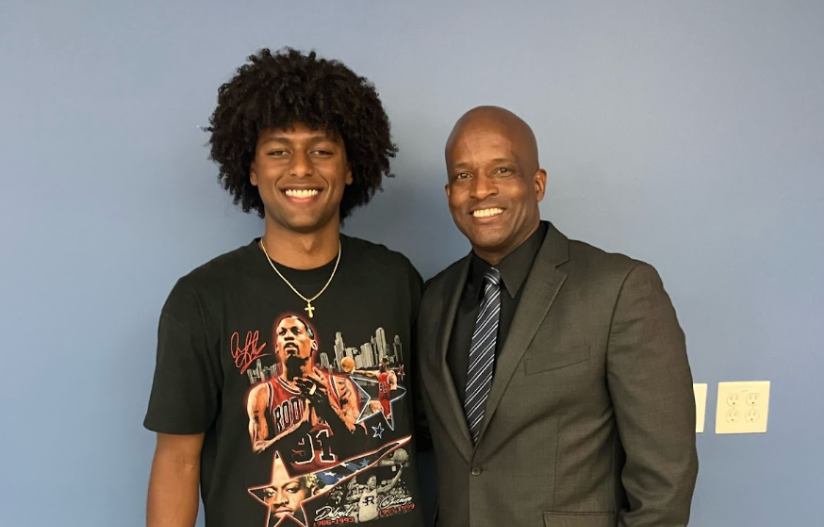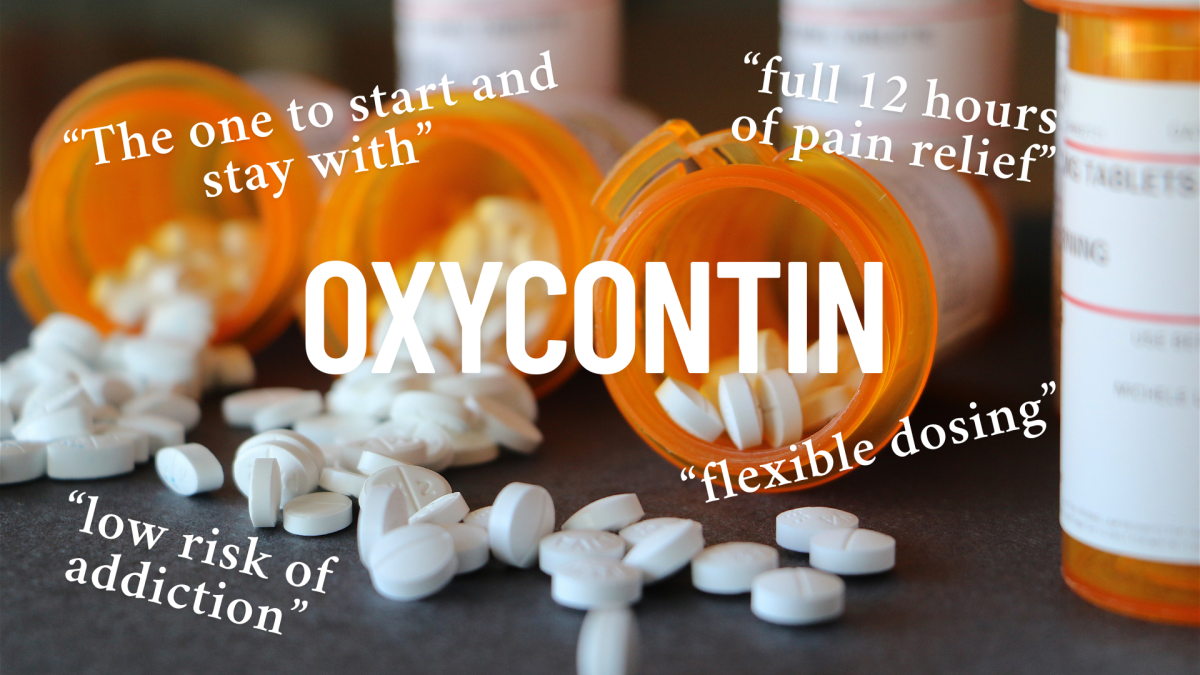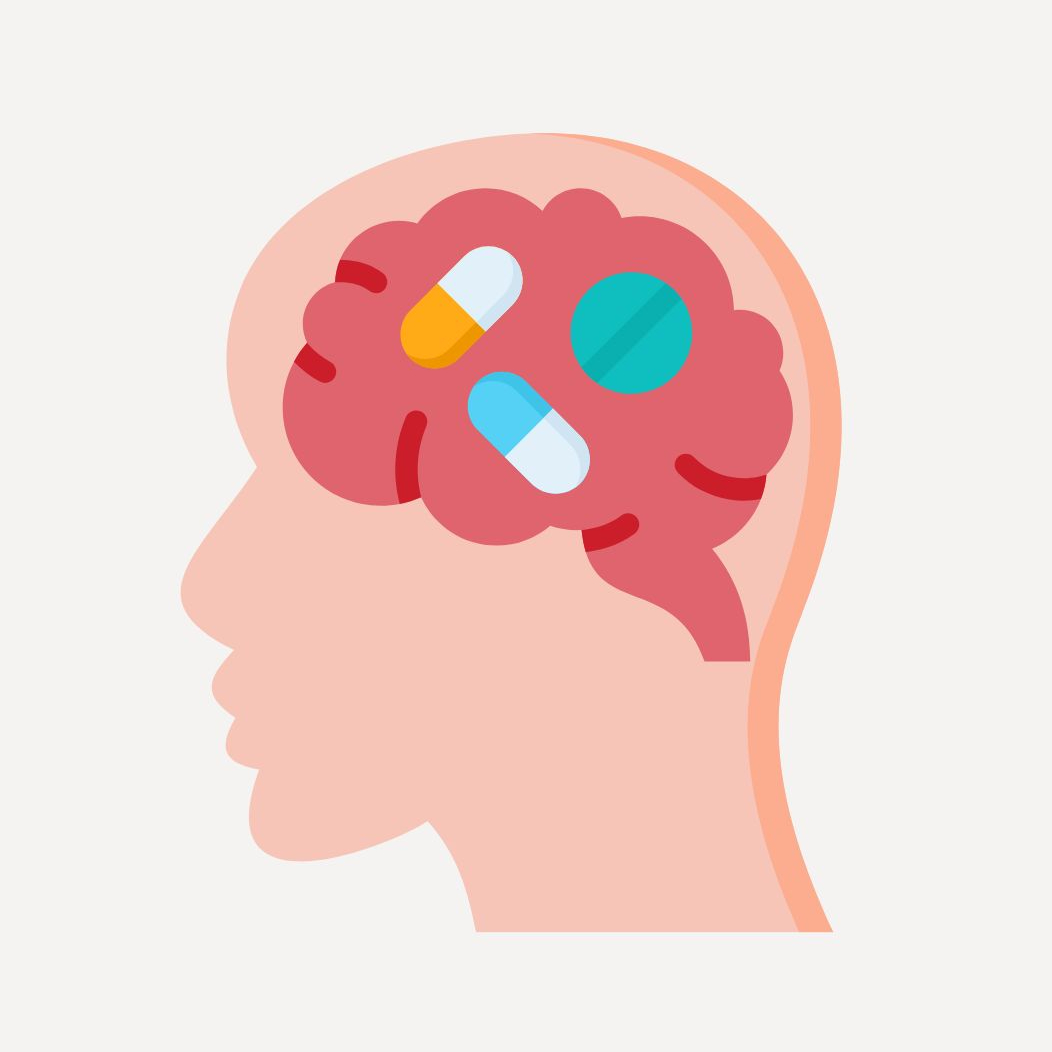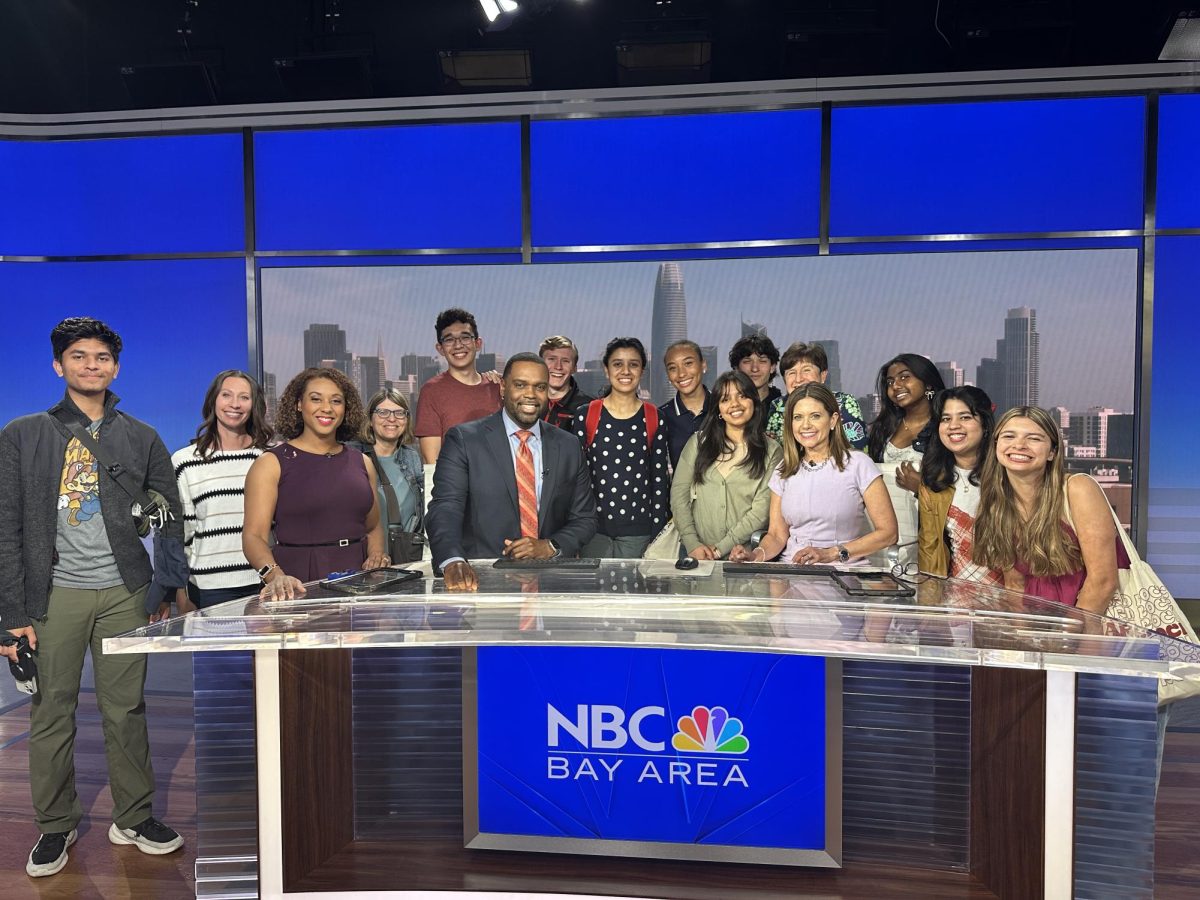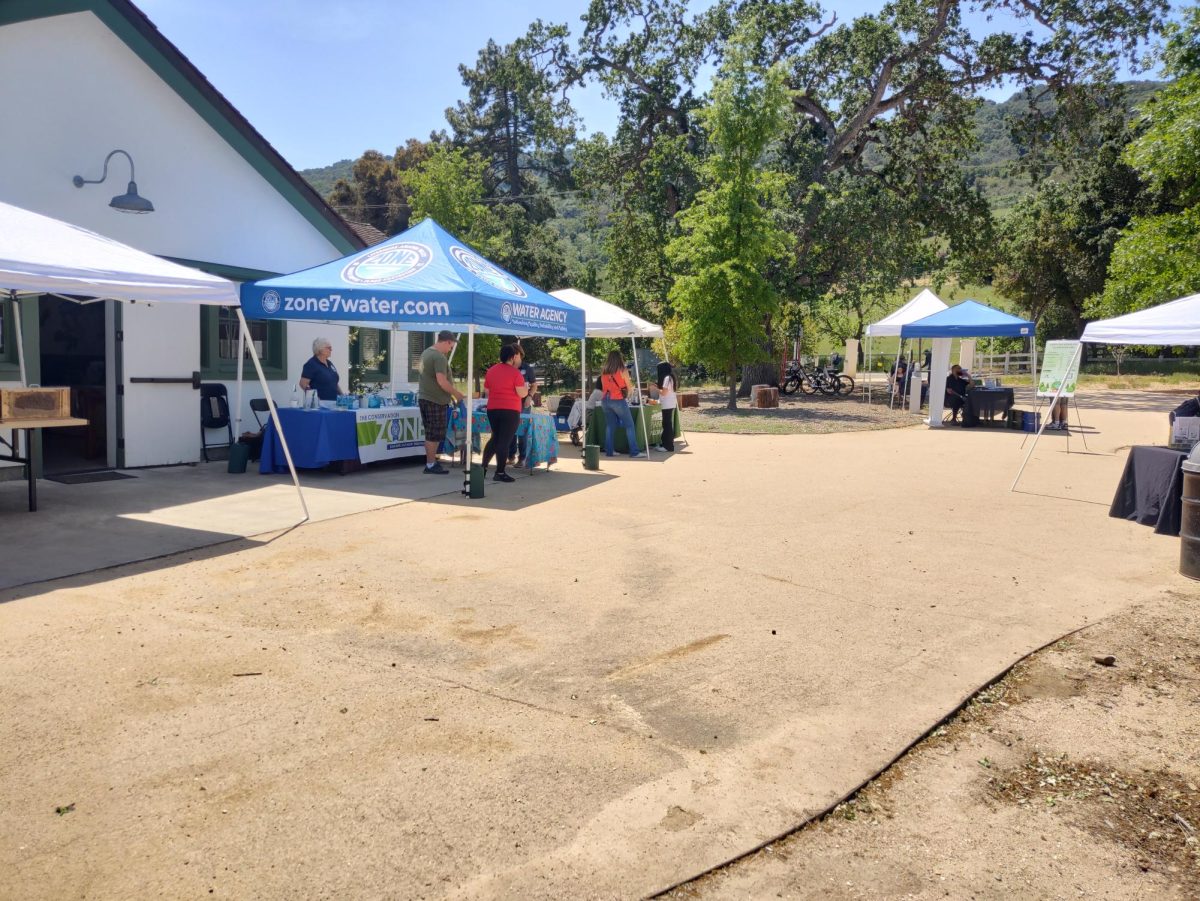Students in Amador Valley High School’s biomedical pathway and health classes are gaining life-saving skills this spring, thanks to a hands-on CPR training class aimed at making the school a safer place.
“We wanted to offer the CPR class so that everyone could have an opportunity to be CPR certified, and so that Amador could just become an all-around safer place,” said Emmerson Giles (‘26).
The initiative, led by bio-med students, is being integrated into freshman health classes and offered during access periods and staff development nights. Organizers hope to ensure that every freshman at Amador becomes CPR certified beginning this year.
“We’ve done all of our biomedical pathway classes, and we’ve done freshman health classes. We’re also hosting CPR training during access periods and offering a PUSD staff night so teachers can get certified too,” said Giles.
The training includes a mix of instructional methods to reinforce essential skills. Participants use mannequin dolls to practice techniques such as chest compressions, ventilations, and responses to choking. The class also emphasizes how to survey a scene, assess responsiveness, call emergency services, and operate an AED (automated external defibrillator).
“Every person works on a mannequin doll so that [they] can focus on [their] skills individually. We show a couple of videos, demonstrate techniques, and walk around to tweak anything students might be doing wrong,” said Giles.
While biomed students are leading the instruction, the CPR course is open to a wide range of participants. The goal is to extend the opportunity for CPR certification beyond just those pursuing medical careers, creating a broader culture of emergency preparedness and community care throughout the school and district.
“Now that [the students] are trained, they’re technically able to train any PUSD student, faculty, or family member. So we just want to send as many people into the world and be CPR certified. We can save lives and help everyone,” said Bio-Med Teacher Amy Turner-Bull.
After completing the course, students and staff alike will walk away with more than just confidence — they’ll earn official certification through the American Red Cross, a nationally recognized organization for emergency training.
“Everyone who gets certified gets an American Red Cross certification,” said Turner-Bull.
The class structure is specifically designed to help students retain their skills by incorporating hands-on practice, step-by-step demonstrations, and real-life scenarios that reinforce key techniques.
“You watch a video and then you perform the task. We go into what’s called ‘check-call-care,’ teach them how to do compressions, breathing, how to use an AED, and how to help someone who’s choking,” said Turner-Bull.
Beyond the practical applications, some students were surprised at how physically demanding CPR can be, noting that maintaining consistent chest compressions at the correct depth and pace required significant strength and stamina.
“They might be surprised by how aggressive you actually have to be. Even with choking or the compressions—it’s more intense than people expect,” said Giles.
Many students walked away from the course not only with a new skill, but also with a deeper sense of responsibility. The experience reminded participants about the importance of being prepared in critical situations and how vital CPR knowledge is in everyday life.
“You want everyone to be ready. Like if there’s an emergency, how could they help? It might not be you giving [CPR], but at least you know the protocol, where you should go, and what to do. More people need that training—I think it should be required in high school,” said Turner-Bull.

